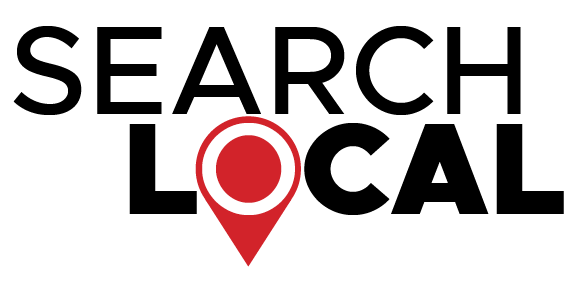
The Perfect Pair: Best Practices for SEO and Web Design to Optimize Your Online Presence
In the digital era, where first impressions are formed in a matter of seconds, the synergy between search engine optimization (SEO) and web design has never been more critical. A well-designed website that incorporates SEO best practices not only captivates visitors but also ensures that your online presence is easily discoverable by search engines. In this article, we will explore the symbiotic relationship between SEO and web design, uncovering key best practices to create a visually appealing and search engine-friendly website.
Responsive Design: Embrace Mobile Optimization
In today’s mobile-dominated world, having a responsive web design is no longer an option but a necessity. Mobile optimization has become a key ranking factor for search engines, and failure to provide a seamless user experience across all devices can result in reduced visibility in search results.
Ensure that your website is designed responsively, adapting to various screen sizes and resolutions. This not only enhances user experience but also prevents potential SEO pitfalls such as duplicate content and unplayable media. By prioritizing mobile optimization, you can improve your website’s search engine rankings and cater to the growing number of mobile users.
User-Friendly Navigation: Enhance User Experience
A user-friendly navigation structure is essential for both visitors and search engines. Clear, intuitive menus and internal linking allow visitors to navigate your website effortlessly, reducing bounce rates and improving user experience. In turn, search engines can crawl and index your site more effectively, enhancing its visibility.
Optimize your website’s navigation by organizing content into logical categories and utilizing descriptive anchor text for internal links. Consider implementing breadcrumb navigation, which provides users with a contextual hierarchy of pages they have visited. By prioritizing user-friendly navigation, you create a positive user experience and make it easier for search engines to understand your website’s structure.

Optimized Page Speed: Improve Loading Times
In today’s fast-paced world, users expect websites to load quickly. Page speed is not only crucial for user satisfaction but also influences search engine rankings. Slow-loading websites can result in higher bounce rates, lower conversion rates, and reduced visibility in search results.
Optimize your website’s loading times by compressing images, minimizing HTTP requests, and leveraging browser caching techniques. Regularly monitor your site’s performance using tools like Google PageSpeed Insights to identify areas for improvement. A fast-loading website not only enhances user experience but also increases your chances of ranking higher in search engine results.
Keyword-Focused, Engaging Content: Bridge SEO and Web Design
Engaging content is the cornerstone of any successful SEO and web design strategy. By crafting keyword-focused, high-quality content, you can captivate visitors and signal to search engines the relevance of your website.
Conduct thorough keyword research to identify the terms users use to find your products or services, and strategically incorporate those keywords into your content. Balance keyword optimization with natural, engaging writing that appeals to your target audience. Invest in visual content, such as infographics and videos, to enhance user engagement and shareability.
Optimized Metadata and URLs: Improve Search Engine Readability
Metadata and URLs play a crucial role in both SEO and web design. Ensure that your website’s metadata, including meta titles and descriptions, are optimized with relevant keywords and accurately reflect the content of each page. Meta tags provide valuable information to search engines, influencing your website’s visibility in search results.
In addition, create user-friendly URLs that are descriptive, concise, and keyword-rich. Avoid using long, confusing URLs with numbers and special characters, as they can negatively impact click-through rates.
Conclusion
In the digital age, the marriage of SEO and web design is vital for a successful online presence. By implementing best practices such as responsive design, user-friendly navigation, optimized page speed, keyword-focused content, and optimized metadata and URLs, you can create a visually appealing, user-friendly website that ranks well in search engine results. Remember, SEO and web design go hand in hand, so embrace this perfect pair to unlock the full potential of your online presence.
Author
